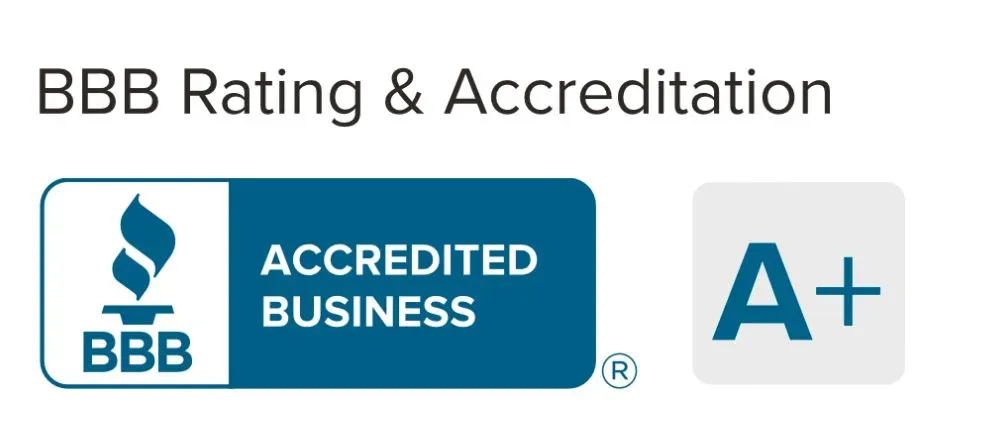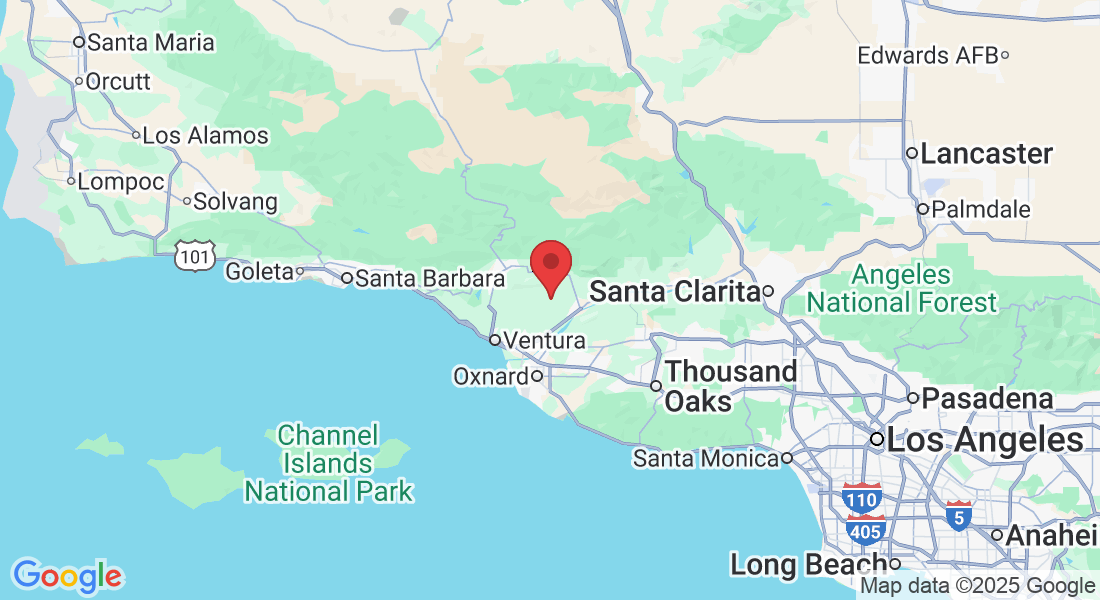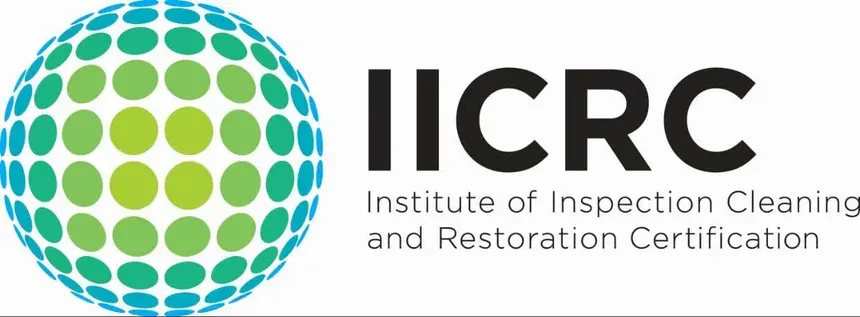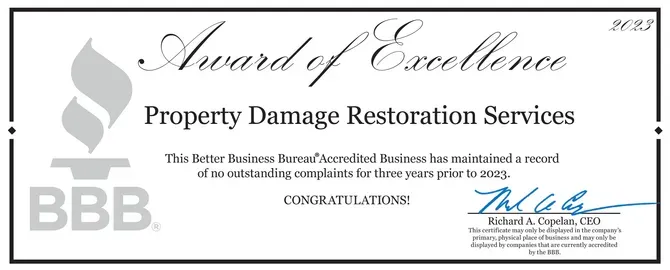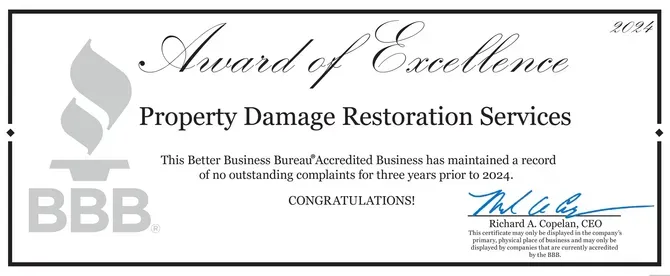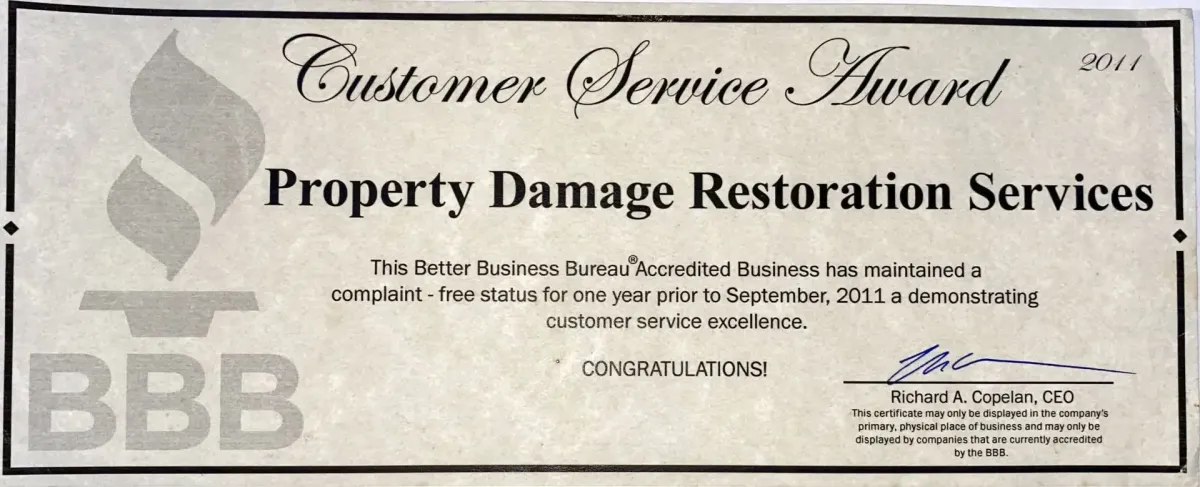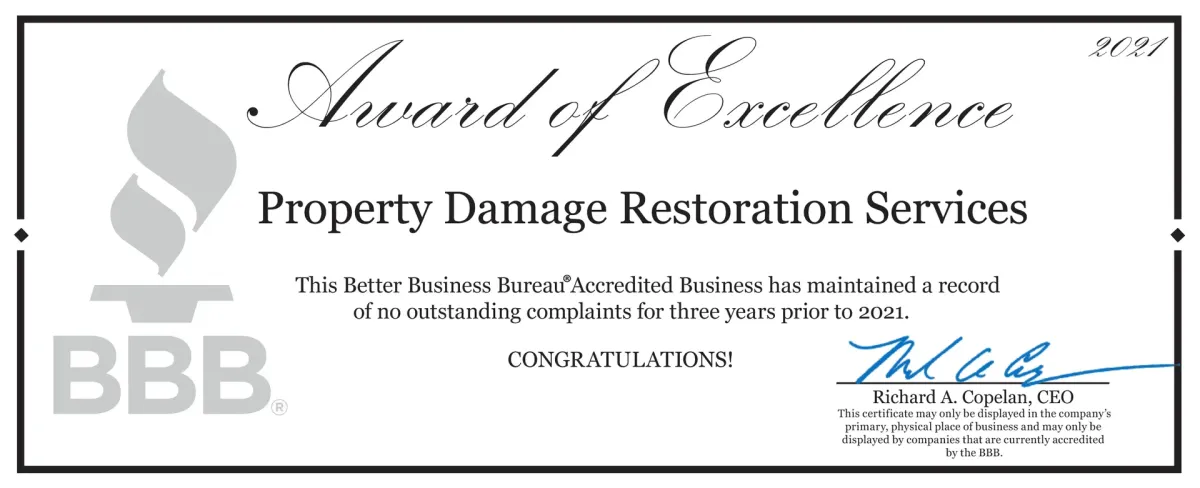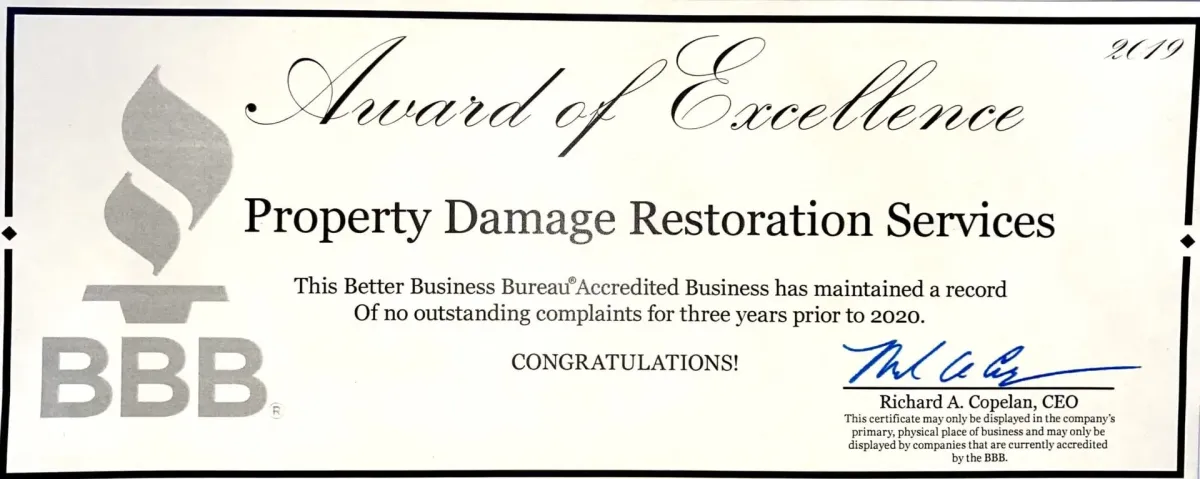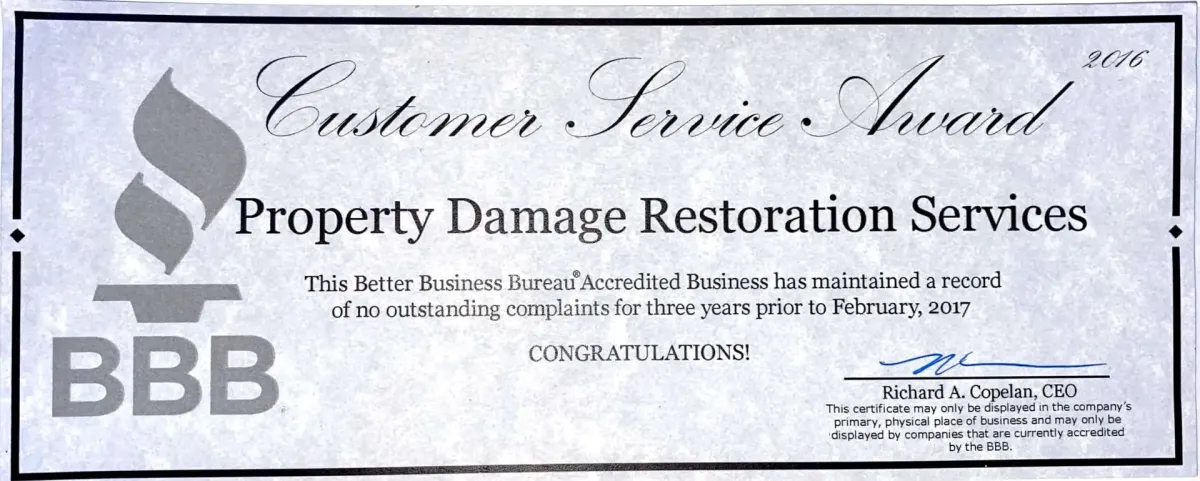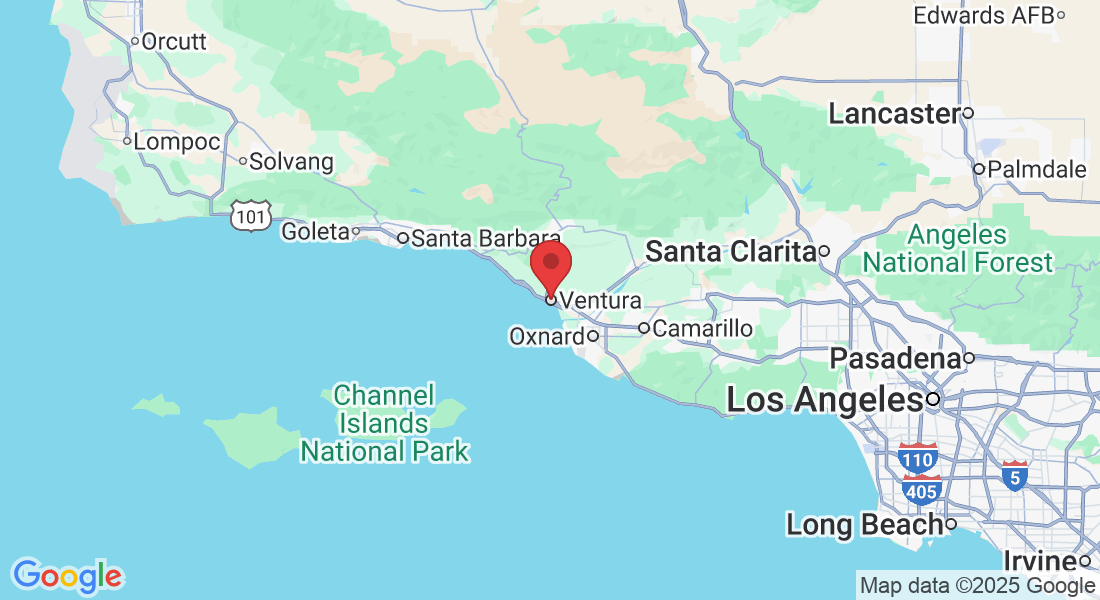Proudly serving Ventura County and Surrounding areas since 1997
Contact us using the form below!
WATER, SEWAGE & MOLD DAMAGE
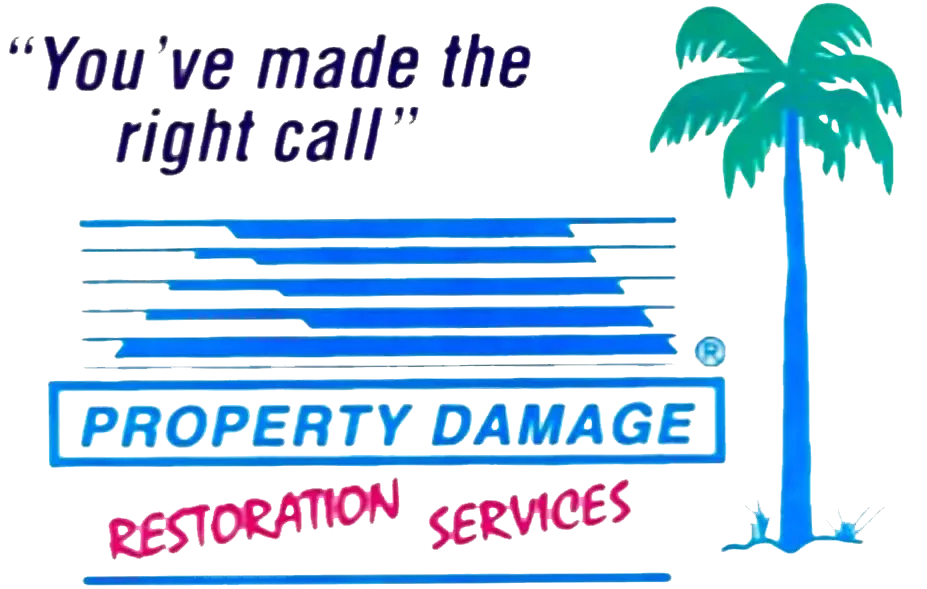
• Rapid Response Time
• Water Damage, Clean Up
& Drying Treatments
• Sewage Decontamination
And Removal
• Insurance Approved
24 HOURS - 7 DAYS A WEEK
Property Damage Restoration Services Ventura
Serving Ventura County Since 1997
You Don't Have To Take Our Word For It!
Get In Touch
Email: [email protected]
Service Area: Ventura County & Surrounding Areas
Assistance Hours
Monday: 24 hours
Tuesday: 24 hours
Wednesday: 24 hours
Thursday: 24 hours
Friday: 24 hours
Saturday: 24 hours
Sunday: 24 hours
